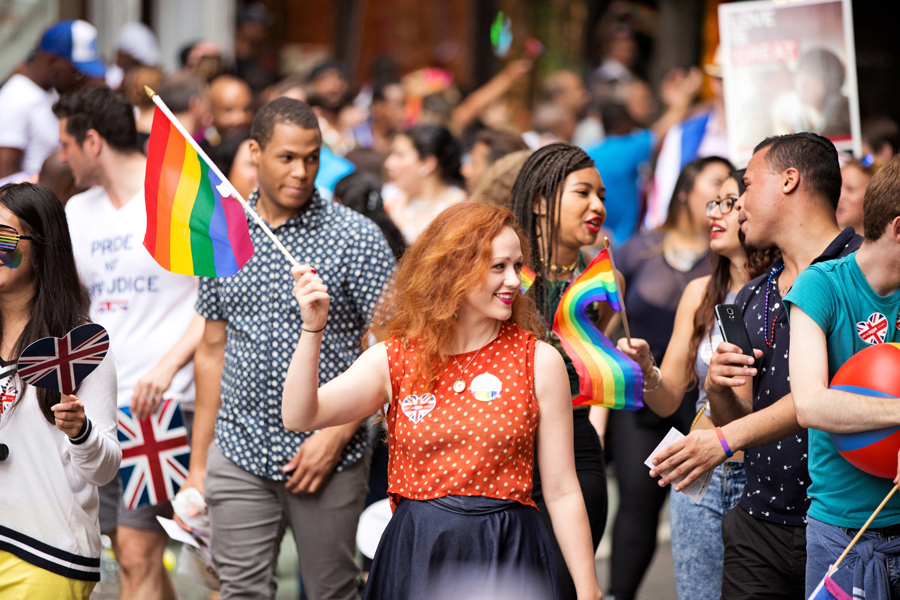To help mark Lesbian, Gay, Bisexual and Transgender (LGBT) Pride Month, here are five facts about the annual commemoration.
1. LGBT Pride Month traces its roots to the Stonewall uprising. In the early hours of June 28, 1969, police raided the Stonewall Inn, a tavern in New York City’s Greenwich Village that catered to gay patrons. At the time, police raids on gay bars were common, but that day, the Stonewall patrons fought back. This led to several days of demonstrations that became a rallying point in the gay civil rights movement in the United States and around the world.
2. The first pride celebrations were held in 1970. One year after Stonewall, activists in New York City organized Gay Pride Week and the Christopher Street Liberation Parade, named for the street where the bar is located. The parade began with a trickle of people, but soon others showed up in droves. The march, which received front-page coverage in The New York Times, reportedly spanned more than 50 blocks and took less than half the scheduled time due to the excitement of the participants. Stonewall anniversary activities also took place in Chicago, Los Angeles and San Francisco that weekend.
3. Pride events evolved during the decades that followed. By the 1980s and 1990s, celebrations were common in major U.S. cities, where they often were held on the last Sunday in June. The marches began dropping “Liberation” and “Freedom” from their names; in San Francisco, for example, the annual event was known for several years as the Gay Freedom Day Parade, but its official name was changed to the Lesbian Gay Bisexual Transgender Pride Celebration in 1994. Today, in addition to parades, the annual commemorations often include street festivals, concerts, lectures and more.
4. The rainbow flag is a symbol of LGBT Pride Month. The flag, created by artist Gilbert Baker, debuted at the San Francisco parade in June 1978. Baker reportedly got the idea for the flag after being inspired by “Over the Rainbow,” the famous song by Judy Garland, who died a few days before the Stonewall riots. The flag has gained popularity around the world, becoming an international symbol of LGBT rights.
5. USPS has honored several gay, lesbian and bisexual Americans with stamps. The list includes writers James Baldwin, Edna St. Vincent Millay and Tennessee Williams; dancer Isadora Duncan; elected official Harvey Milk; astronaut Sally Ride; and artists Andy Warhol and Ellsworth Kelly, whose works are featured on stamps released last month.
Got ideas for future editions of “The List”? Email them to uspslink@usps.gov.
